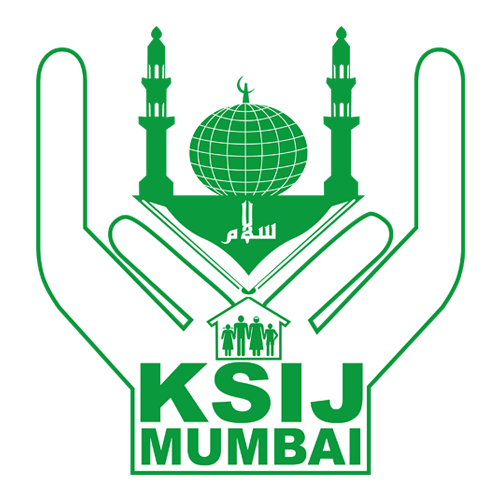Our History
KHOJA – MEANING AND ORIGINATION
The Khojas have a long history and a rich heritage dating back to the 9th and 11th centuries and the role of the KSI Jamaat Mumbai has been phenomenal in the formation of the Khoja Shia Ithna Asheris worldwide and it would not be wrong to claim that Mumbai (then Bombay) is the very birthplace of the Khoja Shia Ithna Asheri’s.
Brief History of Ay. Abul Qasim Najafi Kashani and Ay. Shaikh Mohd Hasan Najafi
The arrival of Hasan Ali Shah, known as the Aga Khan I, in India in 1840’s, became a starting point for many changes in history. The Satpanthi who had eventually over centuries turned to the Nizari faith of Islam, got introduced to many Islamic concepts and in 1840’s to 1860’s, some members of the Ismaili faith started to follow Sunni practices which was not approved by the Aga Khan I and in these 20 years there was a turmoil in the community. Many excommunications were done and eventually in 1862, the ‘Bar Bhaiyya’ Sunni Jamaat was formed in Mumbai (then Bombay).
In 1862, Mulla Qadar Hussain, a religious scholar from Madras (now Chennai), came to Mumbai (then Bombay) and preached the Ithna Asheri faith in a madressa. Many Ismaili’s attended his sessions. In 1870, he went to Karbala.
The word ‘Khoja’ as many scholars believe comes from the phonetic corruption of the word ‘Khwaja’ meaning honourable, a title given by the Pirs to the newly converts.
The History of the Khojas as termed by Hasnain Walji, an ex-president of the World Federation of KSIMC, London, is a ‘Journey of Faith’. Back in the 9th and 11th century, various Dai’s of the Nizari branch of Islam and Sufi teachers came from Iran (then Persia) to India, prominent among them being Pir Sadruddin. Pir Sadruddin arrived in Sindh in and around 1276 AD and got popular amongst the Thakkars of the Lohana sub-caste of the caste Vaishya from the Hindu caste order. The Thakkars got introduced to the personality of Imam Ali (a.s.) and converted to a faith called ‘Satpanth’ which was a combination of Hindu customs and Sufi ideas. For many centuries, ‘Satpanth’ was the dominant ideology while moving towards the Nizari faith of Islam.
In 1872, Dewji Jamal, a prominent Khoja businessman, went to Karbala and met Ayatullah Zainul Aabedeen Mazandarani and presented his queries and doubts about the Ismaili and Ithna Asheri faith and requested him to send Mulla Qadar Hussain Karabalayi to Mumbai (then Bombay) for the guidance of the community towards the Ja’fari faith. On the request of Ayatullah Zainul Aabedeen Mazandarani, Mulla Qadar Hussain Karbalayi settled in Mumbai (then Bombay) in 1872/1873 AD.
Mulla Qadar Hussain Karbalayi preached at a Madressa near Palagali {now Hazrat Abbas (a.s.) Street}, a madressa which still exists till date, in Mumbai (then Bombay). He started taking sessions on the Ithna Asheri faith, there was Namaz e Jamaat, Majaalis, etc. Many prominent Ismaili elders joined these sessions and got an understanding of the Ithna Asheri faith.
The leaders of the Ismaili got the news of such events and thereby started a pressure to boycott the Mulla. The Khojas influenced by the Mulla started meeting secretly. Eventually, when the pressure to boycott was not pursuant enough, there started a series of pressures on Mulla to stop his mission. There were bribes, threats as well as assassination attempts. When even these did not help, a series of excommunication started. The concerns of marriage and burial ground were of main issues. Many Khojas moved out of Mumbai (then Bombay) to other areas including East Africa and Karachi.
In this quest of true faith, many Khojas, who got attracted to the Ithna Asheri faith, were martyred. In 1876, Lalan Alidina was martyred in Karachi. In 1878, Killu Khatau was hanged in Mumbai (then Bombay).
In 1876, Khalfan Ratansi was excommunicated and his daughter was denied burial.
In 1876, Khalfan Ratansi was excommunicated and his daughter was denied burial.
In 1877, Dewji Jamal and Alarakhia Valli were excommunicated and thus they moved to Zanzibar.
The excommunicated Khojas needed places of worship for themselves as they were not allowed in the Ismaili Jamatkhana’s and thus there started a series of building new mosques and Imambargah’s instead of Jamaatkhana’s.
In 1881, the Khoja Shia Ithna Asheri’s under the leadership of Dewji Jamal built the first mosque and Imambargah in Zanzibar known as the Kuwwat mosque.
In 1892, a mosque was built in Karachi. Because of various litigations, a mosque could not be built in Mumbai (then Bombay).
It was in 1901, that the Khoja Shia Ithna Asheri’s announced the establishment of Khoja Shia Ithna Asheri Jamaat in the local newspapers of Mumbai (then Bombay). The Khoja Masjid was established in Palagali {now Hazrat Abbas (a.s.) Street)}.
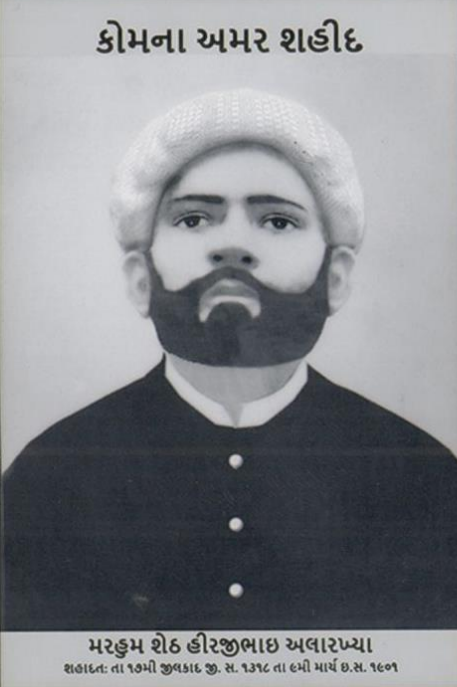
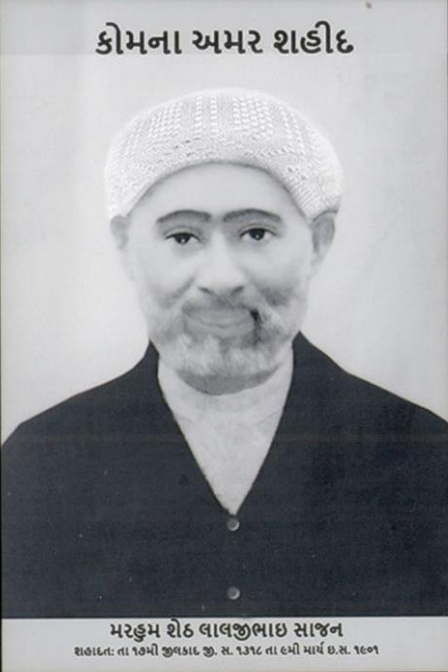
In the quest of true faith and the protection of Khoja Masjid, Hirji bhai Alarakhia and Lalji bhai Sajan were martyred near the Masjid on 9th March 1901 AD / 17th Zilqad 1318 Hijri. Many other prominent KSI were injured including Abdulla Lalji and Kassam Alibhai Nanji.
In 1901, Mulla Qadar Hussain Karbalayi completed his autobiography and returned to Karbala where he passed away in 1902 and is buried there.
Shaikh Abul Qasim Najafi became the first resident Aalim of the Khoja Shia Ithna Asheri Jamaat Mumbai. Another prominent personality who served as the resident Aalim of KSI Jamaat Mumbai was Shaykh Muhammad Hasan Najafi, who is buried in the Haram of Bibi Fatemah Masooma (s.a.) in Qom, Iran. Some elder people of the community have been quoted to report his grave marked as number 5 near the grave of Bibi Fatemah Masooma (s.a.).
In 1905, Haji Nazarali, son of Haji Dewji Jamal, purchased various adjoining plots of land to establish an Imambargah in Kurla, now a suburb of Mumbai city, then in the outskirts of Bombay (now, Mumbai). On 11th August 1921, the inauguration of Haji Nazarali Imambargah took place. Haji Nazarali and others frequently visited the Imambargah to pray. Haji Nazarali passed away in 1930 in Mumbai and his body was taken to Karbala, where his burial took place.
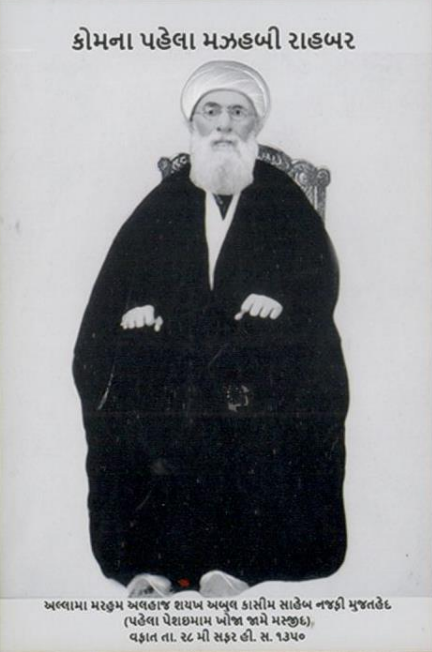
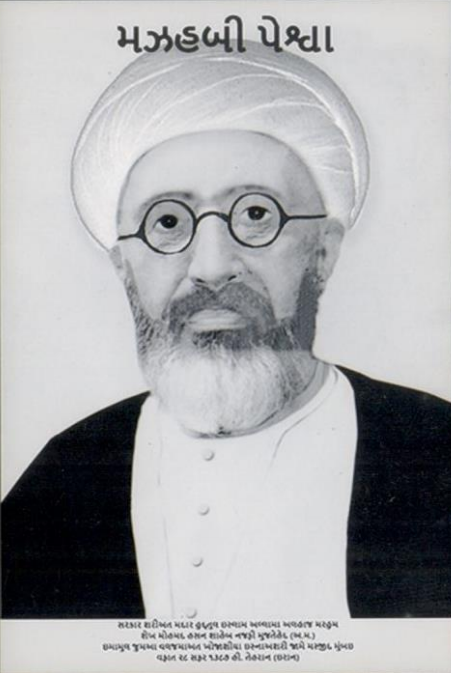
Muhammad Ali Jinnah, one of the prominent names in history was once the member of KSI Jamaat Mumbai.
With the partition of India and Pakistan in 1947, many KSI’s moved to Karachi, but a good lot of them stayed back in Mumbai, continuing to practice their faith.
Various Jamaat’s were formed all over the globe. Eventually, various Jamaat came together to form various regional federations like the Africa Federation fromed in 1945-46. In October 1976, the World Federation of Khoja Shia Ithna Asheri was formed. Marhum Mulla Asghar M. M. Jaffer gave the inaugural address at its first constitutional conference. The NASIMCO formed in 1980, Gujarat Federation was formed in 1984 and the Council of European Jamaats (COEJ) was formed in 2005.
In January 2014, the KSI Jamaat Mumbai hosted the EXCO of the World Federation of KSIMC, a first in its kind for the Mumbai Jamaat.
In 2017, the KSI Jamaat, Mumbai, took the lead to establish a regional federation of KSI Jamaats in India and ‘India Federation – Council of all KSI Jamaat’ was officially registered.
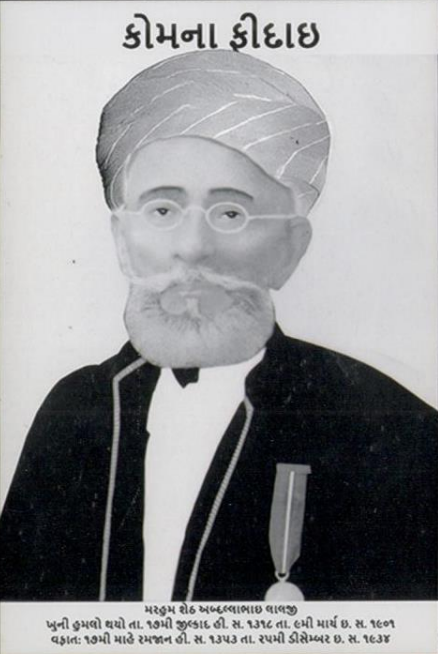
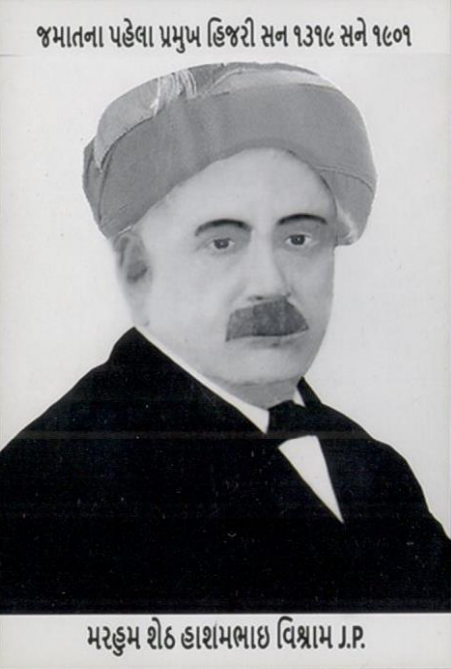
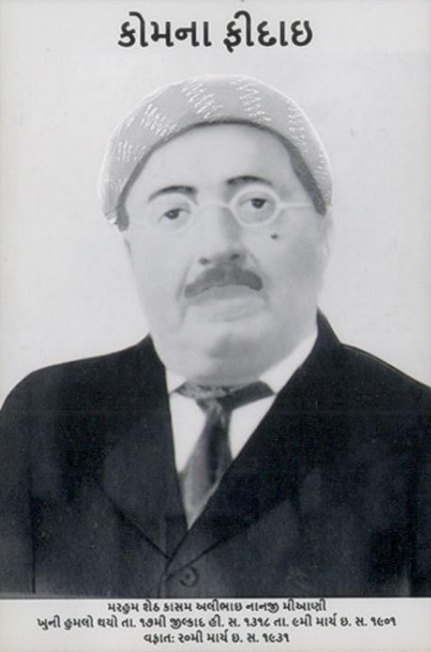
The KSI Jamaat, Mumbai, as history suggests, has taken a lead always for the betterment of the community and Insha’allah, with the blessings of the Imam of the Time {May Allah (a.w.j.) hasten his reappearance}, will continue to lead and serve the community.
References:
A power point presentation prepared by Mr. Hasnain Walji from the Mulla Asghar Library and Resource Centre.
‘The Endangered Species – An account of the Journey of faith by the Khoja Shia Ithna Asheri Community’ by Hassan Ali M. Jaffer, published by the Mulla Asghar Library and Resource Centre.
